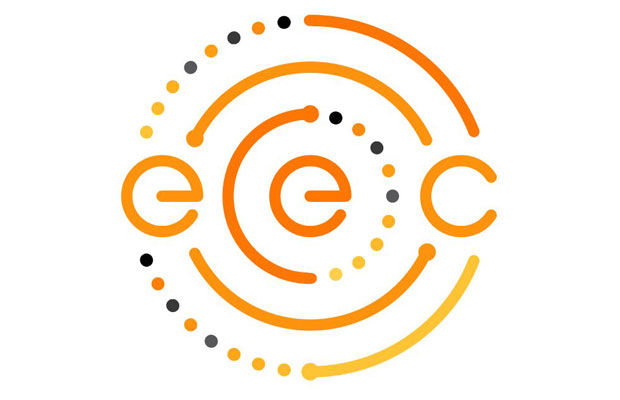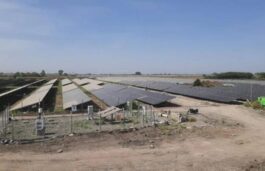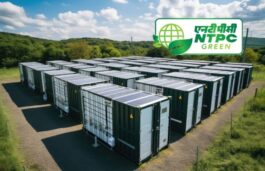Highlights :
- The latter half of 2021 saw the global supply chain struggle mightily, which are predicted to continue into 2023.
-
Disruptions stemming from the pandemic, labor shortages, cyberattacks, increased consumer demand for goods and other global factors collided to cause unprecedented bottlenecks and backlogs.

The latter half of 2021 saw the global supply chain struggle mightily. Disruptions stemming from the pandemic, labor shortages, cyberattacks, increased consumer demand for goods and other global factors collided to cause unprecedented bottlenecks and backlogs.
Experts at Institute of Electrical and Electronics Engineers (IEEFA) predict that supply chain-related issues will persist into 2023, despite efforts from the public and private sectors to improve the situation.
In the consumer electronics industry, more than 70 percent of U.S. smartphone retailers faced shortages. The situation in the automotive industry was even more difficult.
“Recovery from these shortages has been slow because of the continuing impact of COVID in many countries, as well as some changes in the workforce that resulted in worker shortages that impacted the supply chains,” said Tom Coughlin, IEEE Life Fellow. “For this reason, I suspect that recovering from these supply chain issues will take many months and even years to resolve fully.”
There are several technologies that show promise for easing supply chain’s disruption. Looking ahead, modernizing the supply chain – factories, ports, warehouses etc. – is a critical component of ensuring a more secure and reliable future.
BLOCKCHAIN FOR IMPROVED TRACEABILITY AND TRANSPARENCY
Global supply chains are difficult to track and trace as they are complex processes, generally composed of manufacturers, suppliers, logistics companies and retailers all working together. The implementation of blockchain technology for supply chain authentication and control will play a significant role in improving the traceability and transparency in the movement of goods through the supply chain process.
Typically, supply chains rely on time-consuming, paper-based processes that lack transparency and leave plenty of room for error. However, with the help of blockchain, businesses are able to create a smarter and more secure supply chains, as products can be tracked through a clear and solid trail with real-time updates and validation of information.
“People are abandoning paper as a way to convey information: digitally signed documents, potentially registered in blockchains for transparency, are much better in terms of agility and security,” said IEEFA Member Marcos Antonio Simplicio Jr.
AUTOMATION FOR IMPROVED LOGISTICS MANAGEMENT
Supply chains automation is a key component of streamlining operational processes, according to Coughlin. Local, highly automated factories can help reduce the length of the supply chain. But logistics technology could also put a dent in the problem. Companies are experimenting with platooned trucks that put one driver in control of multiple vehicles that follow closely behind. The use of advanced driver-assistance systems (ADAS) may also reduce the stress on drivers.
“Similarly, more automated material handling and delivery, including highly automated shipping, could reduce the impact of events such as pandemics,” Coughlin said.
ENHANCED CYBERSECURITY EFFORTS TO MITIGATE SUPPLY CHAIN ATTACKS
In the past 12 months, there have been several large-scale cyberattacks against critical infrastructure, causing major disruption across the supply chain. It is critical that organizations take the necessary steps to enhance their cybersecurity efforts and mitigate these attacks.
Technologies like IoT, for example, can be used to monitor the movement and condition of products across the supply chain. At the same time, they increase the threat surface.
“Cybersecurity prevents those systems from being taken over by attackers, nullifying all of their benefits,” Simplicio said.
SUPPLY CHAINS WILL CONTINUE TO EVOLVE
The pandemic revealed the many vulnerabilities of the global supply chain and made the need for modernization clear. The supply chain has a long road ahead before it will be fully recovered.
“I think we will see greater degrees of automation used in material handling as well as manufacturing, often using AI to control production and delivery using blockchain authentication technologies. I also think we will see some shrinkage in the supply chain, as some production will move closer to demand in highly automated factories,” said Coughlin.





























